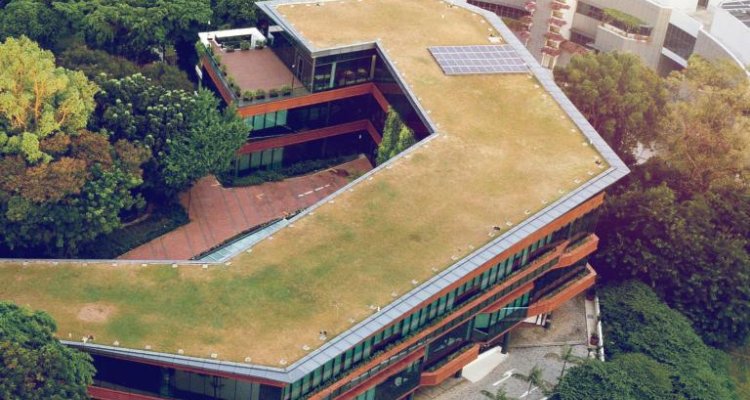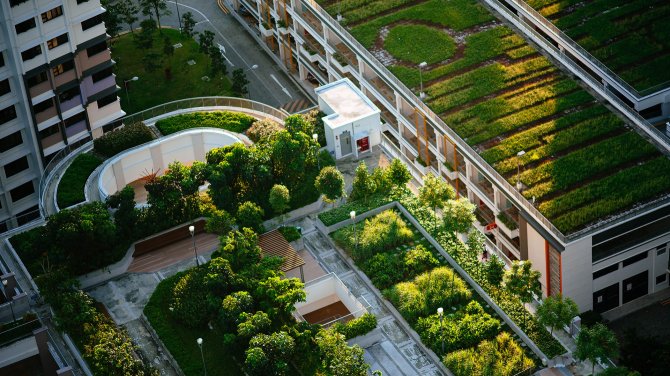
Generic article
Green roofs for liveable cities
Worldwide more people live in big cities than in rural areas. In cities, the impacts of climate change, including floods and urban heating, is expected to be more striking. At the same time, soil sealing expands and intensifies, while 'green-areas' diminish. Developing green roofs offers opportunities for climate adaptation in urban areas.
Motivation
Tilburg (in the Netherlands) recently suffered from extreme rainfall events causing floods. The municipality wanted to know what type of green roofs could help reduce the risk of these floods, the potential additional functions of green roofs and proposals for legislation to stimulate the implementation.
Solution
We inventoried existing green roof implementations, their benefits and drawbacks and legislative options. For building a common vision, the study was presented and discussed with civil servants from the municipality, the residential development cooperation, a construction company, the regional government and the water board.
Different types of green roofs are used for different objectives. If green roofs are solely used to combat flood risks and urban heating, other nature based solutions, like detaching rainwater drainage from the sewage system and infiltration of the water in the soil or infiltration ponds, might be more cost-effective. However, from a multipurpose perspective, green roofs support climate adaptation, are effective insulation, prolong the roof’s life, provide habitat for biodiversity and increase the value of the property. For the best adaptation effects, green roofs are best placed close together and on a large scale, e.g. on an industrial conglomerate, or densely built neighbourhood. Green roofs are also linked to policies on liveable cities, e.g. as urban agriculture, beautifying the view, or as a meeting place.
Wageningen University & Research carried out these activities in cooperation with Deltares.
Residential development cooperation and construction companies direct towards green roofs
Impact and future perspective
For successfully implementing green roofs a large area is most effective. To have support of all the stakeholders (including the residential development cooperation and construction companies), a common vision is elementary. For future projects, the residential development cooperation and construction companies have expressed an interest in supporting green roofs. The study results helped the municipality to draft a subsidy scheme, which was put in place in 2017. Applicants can get a 50% subsidy of the green roof installation costs, to a maximum of €25/m2, to a maximum of €2,500 for private owners and €25,000 for housing associations, owner associations, companies, and institutions. The total budget available for the period 2017-2019 is €250,000.
